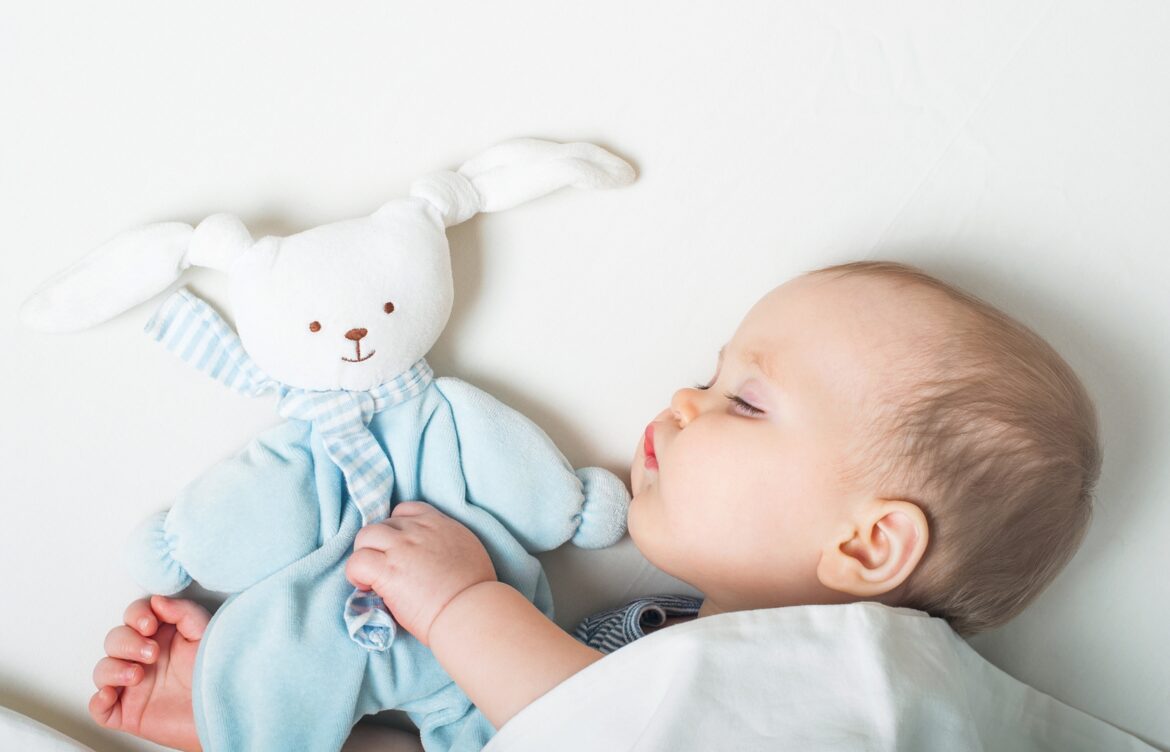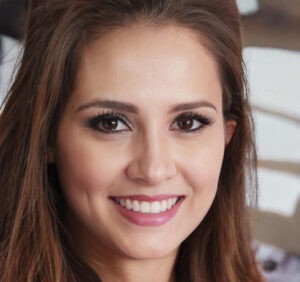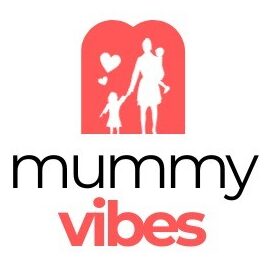
Unveiling Infant Comfort: Decoding Signs of Overheating
As a parent, ensuring the comfort and well-being of your baby is of paramount importance. Among the many considerations, understanding your baby’s body temperature and recognizing signs of overheating are crucial to maintaining their health and comfort. In this informative piece, we delve into the subtle cues that indicate your baby might be getting too hot, providing parents with valuable insights to ensure their little one remains cozy and content.

Interviewer: Welcome, dear readers, to an insightful discussion that revolves around the well-being of our tiniest family members. Today, we’re joined by Jessica, a seasoned parent who has navigated the intricacies of monitoring her baby’s body temperature. Thank you for being here, Jessica.
Jessica: Thank you for having me. I believe it’s vital for parents to be equipped with the knowledge to keep their babies comfortable and safe.
Interviewer: Absolutely. Let’s dive right in. Could you tell us about the key indicators that your baby might be getting too hot?
Jessica: Certainly. A primary signal is feeling your baby’s skin. If their skin feels excessively warm or sweaty to the touch, it could be a sign of overheating. Also, if your baby’s cheeks appear flushed or their hairline is damp, it’s time to take notice.
Interviewer: Those are insightful cues. Did you notice any behavioral changes in your baby when they were feeling too warm?
Jessica: Yes, behavior can be a strong indicator. If your baby seems fussier than usual, irritable, or restless, it might be due to discomfort from overheating. Additionally, excessive crying that doesn’t seem to have a clear cause could be linked to their body temperature.
Interviewer: Interesting. Were there specific clothing choices that contributed to your baby feeling too hot?
Jessica: Absolutely. Dressing your baby in too many layers or using heavy blankets can cause them to overheat. It’s crucial to dress them appropriately for the room temperature. Opt for lightweight, breathable fabrics to allow their skin to breathe.
Interviewer: How did you manage your baby’s sleeping environment to prevent overheating?
Jessica: Creating a conducive sleep environment was paramount. I made sure that the room wasn’t too warm and used a fan or air conditioning if needed. Also, placing my baby on their back to sleep and avoiding the use of heavy bedding significantly reduced the risk of overheating during sleep.
Interviewer: Did you find that outdoor activities required extra caution regarding overheating?
Jessica: Absolutely. When heading outdoors, I ensured my baby was shielded from direct sunlight. Dressing them in a wide-brimmed hat and lightweight clothing with good ventilation helped prevent overheating. Also, I scheduled outdoor activities during cooler parts of the day to minimize the risk.
Interviewer: Were there any specific instances or experiences that prompted you to learn about preventing overheating?
Jessica: Yes, there were a few moments when my baby appeared unusually uncomfortable, and I realized that overheating might be the cause. These instances drove me to research and learn more about the signs, prevention, and how to maintain my baby’s comfort.
Interviewer: As we conclude, what advice would you offer to fellow parents when it comes to recognizing and preventing overheating in their babies?
Jessica: My advice would be to stay vigilant and trust your instincts. Babies aren’t able to regulate their body temperature as efficiently as adults, so paying attention to the subtle signs is crucial. Dress them in layers that can be easily added or removed, keep their sleeping environment comfortable, and prioritize their comfort over fashionable clothing choices. Ultimately, your baby’s comfort and well-being should be your top priority.
Conclusion
In the journey of parenthood, understanding the needs and cues of your baby takes center stage. Through Jessica’s experiences and insights, we’ve unveiled the art of recognizing signs of overheating, ensuring the well-being of these precious beings. Armed with the knowledge of skin temperature, behavioral changes, and appropriate clothing choices, parents can navigate the delicate balance of keeping their babies cozy and safe. Jessica’s journey stands as a guidepost, guiding parents toward creating an environment where their little ones thrive in comfort and contentment.
 Mattie Hubbard is a distinguished figure in the field of sustainable agriculture, known for her innovative approaches to environmentally friendly farming practices. With a deep-rooted passion for the earth and a commitment to ecological balance, Mattie has become a leading voice in promoting sustainable methods that benefit both the environment and the farming community. Her work often involves integrating traditional agricultural knowledge with modern techniques to create systems that are both productive and sustainable.
Mattie Hubbard is a distinguished figure in the field of sustainable agriculture, known for her innovative approaches to environmentally friendly farming practices. With a deep-rooted passion for the earth and a commitment to ecological balance, Mattie has become a leading voice in promoting sustainable methods that benefit both the environment and the farming community. Her work often involves integrating traditional agricultural knowledge with modern techniques to create systems that are both productive and sustainable.
